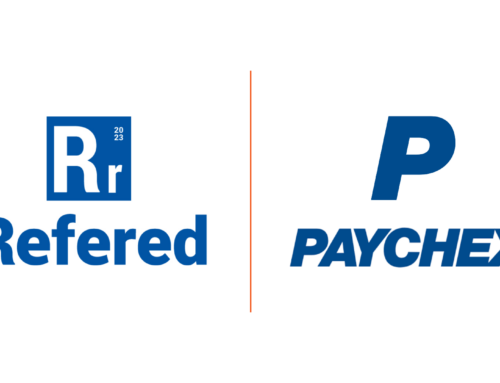Every firm with employees must deal with employee turnover. Employees typically quit for financial reasons, although this is not always the case. According to Career Builder, only 12% of employees quit their jobs because they want more money. Other typical reasons include the desire to advance in their careers, the desire to achieve a better work-life balance, and the realization that their boss is incompetent. It is costly for a business when workers quit since it takes time and money to find and train a replacement. Hence, businesses should limit their turnover rate as much as possible. Fortunately, there are many strategies that businesses can employ to reduce employee turnover outlined below.
Employ the Right People
Hiring the proper staff is the first step in retaining employees. You will want to hire employees with strong talents that fit your available position. That is just one piece of the puzzle. Ensuring they fit into your company’s culture is just as important. To achieve this, you can conduct behavioral interviews with workers to learn how they behave in different scenarios. Also, you must ensure you give applicants a company tour and explain your working culture during interviews. If they do not fit in, they will hopefully opt out by themselves.
Excellent Work-Life Balance
Many employees struggle with work-life balance, which can lead to exhaustion and the need to seek new employment. Many workers say they have had to work after hours and on weekends. 30% also say they have worked on a project into the early hours of the morning. This tendency is especially prominent among older employees, married people, and those with children. Employers can use flexible scheduling and remote work to assist employees in achieving a healthy work-life balance, which can boost retention. According to the Work Institute, the percentage of workers who indicated they quit a job because of the length of commute has climbed by 400% in the previous decade, something that remote work may help with.
Show Employees a Career Path
Employees who have been stuck in one job for an extended period may look for a new position where they may grow. Most employees look to improve their skills and knowledge to advance their careers. Employees gain a feeling of direction and purpose by seeing a predicted career path. You should provide a clear career path for your staff and guarantee they get greater responsibility in their current job. You may also give staff training opportunities to acquire and practice new skills.
Competitive Wages and Benefits
Effective employee retention programs incorporate competitive wages and benefits. Wages and rewards are the top reasons why people take on employment and show up at their workplace every day. It is also one of the most common reasons for professionals to change jobs. It is no surprise, therefore, that a higher salary is at the top of the list of factors that would persuade workers to stay, next to time off and bonuses. Companies should begin by providing a competitive starting wage to attract skilled and competent employees. They should also give frequent raises and track what other firms pay for similar positions, especially for those that are hard-to-fill. People with in-demand skills expect to receive more, and companies should tie incentives and bonuses to successfully executed projects.
Praise and Encourage Employees
Employee retention programs that involve regular praise and commendation of employees are often successful in preventing turnover. Encouragement and appreciation are essential for your staff. Appreciate your staff when they accomplish something great. Congratulate them when they complete a huge, challenging job or submit a project before the deadline. Demonstrate that you appreciate their efforts. That said, do not feel obligated to compliment your staff on everything they do. Employees do not need praise for modest, routine activities. But when employees deserve appreciation, businesses should ensure that they do so. The goal is to establish a positive and supportive work atmosphere that encourages people to stay.
Transparency
Leaders understand that improving employee communication is critical to enhancing retention. Town hall gatherings, more regular meetings with managers, and employee satisfaction surveys are all examples of ways to communicate. True transparency needs that everyone expresses their authentic feelings. Employees are more involved in a firm when they believe they have a voice and a thorough awareness of what is going on.
The strategies mentioned above form excellent employee retention programs. These strategies foster a working environment that is conducive to employee development and compensation, thereby increasing the chances that employees will choose to stay on longer. Contact Refered today to learn more about our exceptional employee retention programs.





